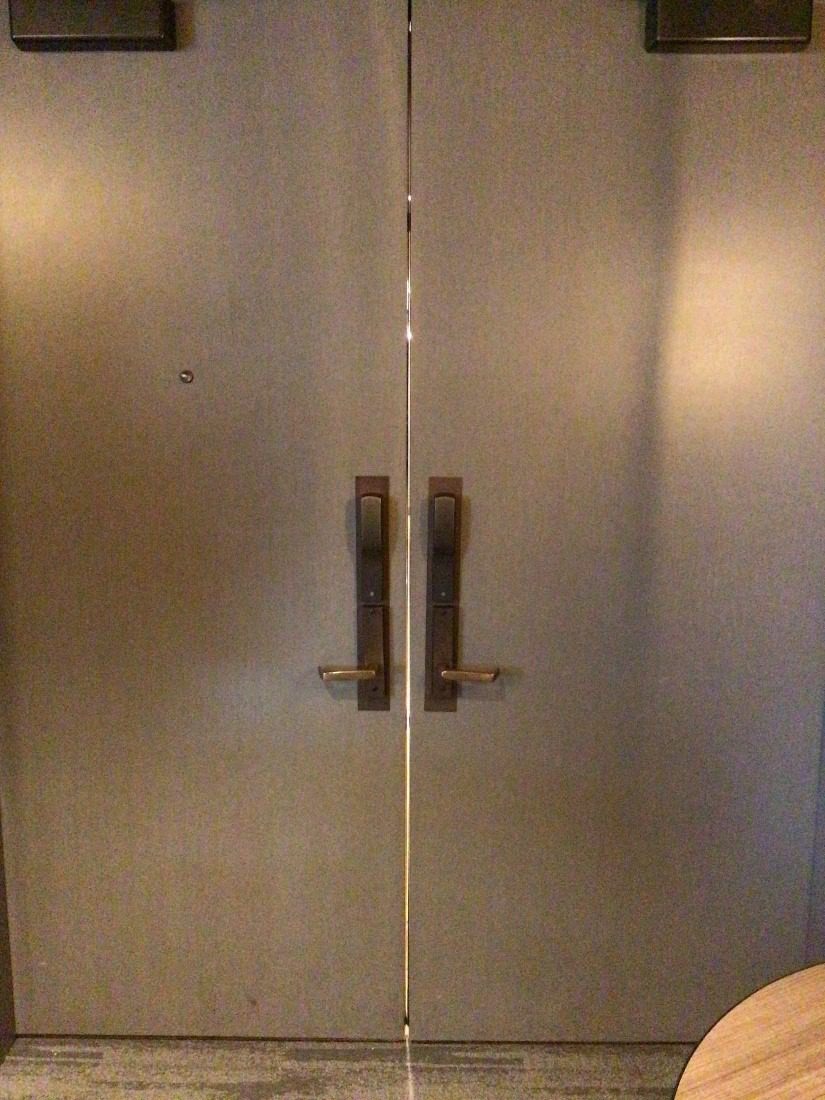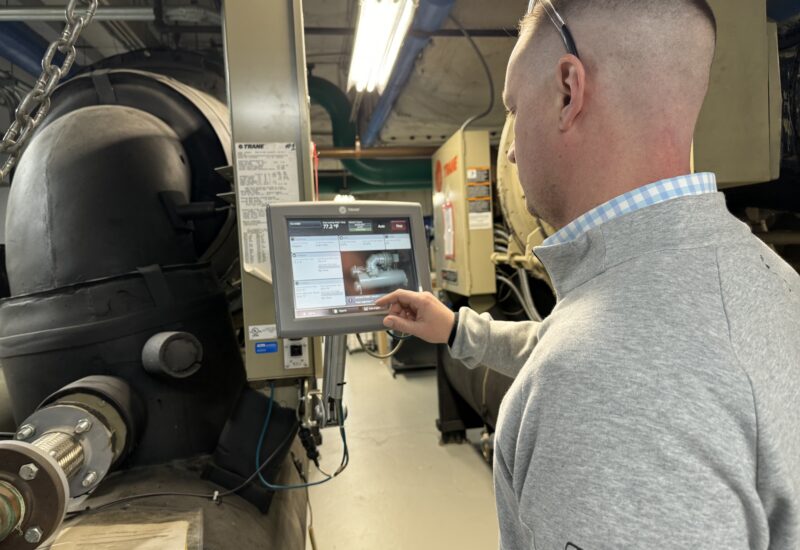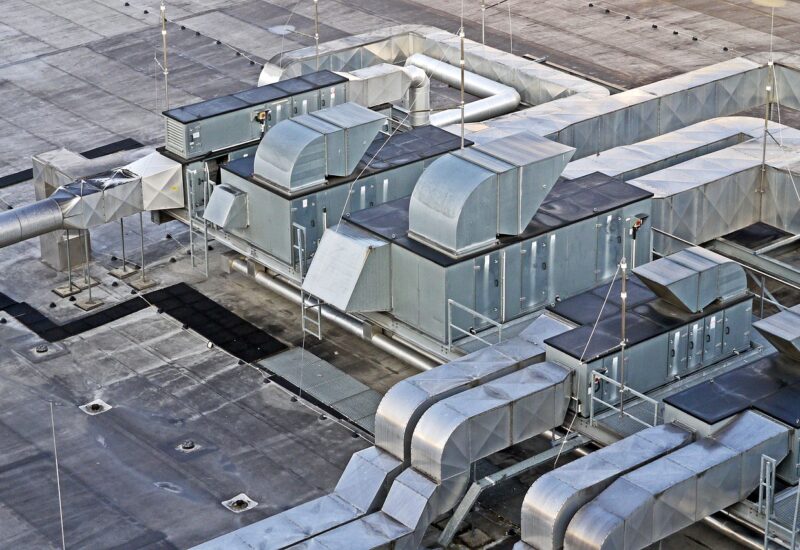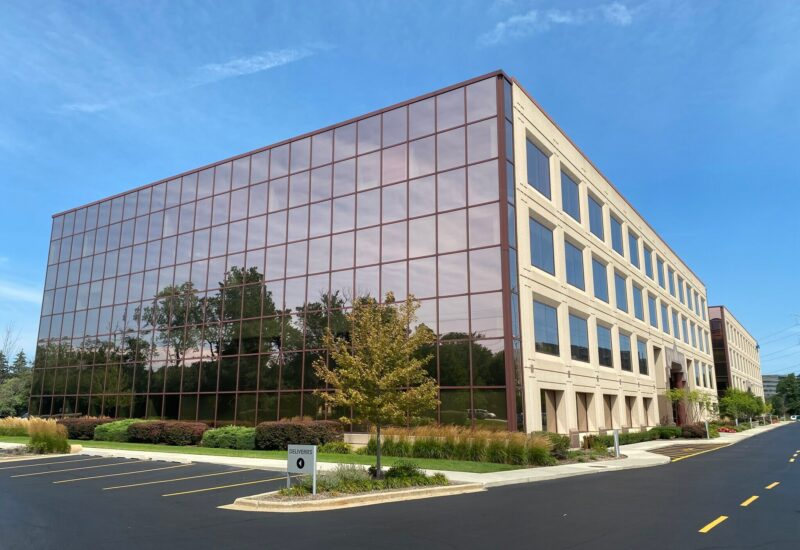Air leakage through the windows, walls, and building envelopes is one of the leading causes of building energy wastage putting an unnecessary burden on the HVAC system. The U.S. Department of Energy Office of Building Technologies conducted a 2005 research on the Impact of Infiltration on Heating and Cooling Loads for the U.S. Office Building. The report estimated that infiltration is responsible for 33% of total heating energy use and could save 3.3% of total cooling energy use in U.S. office buildings.
Besides building energy wastage, building infiltration can also have a severe impact on the indoor air quality of the building. When hot and humid air enters the building through the gaps in the building, it creates condensation inside the wall when it comes in contact with the cooler surfaces. This can lead to mold growth which has health impacts, especially on immune-compromised occupants. Besides, this air leakage could also allow dust and contaminants to get into the interior of the building, affecting the overall quality of air for the occupants. However, there is an easy way to determine whether there is any infiltration through doors or windows.
One easy low- or no-cost way to determine whether there is any infiltration is by checking if a ray of light can pass through the gaps. This is done by keeping a light source on the other side of the door or window and if you see a ray of light from the other side, there is a gap. This leads to infiltration in the building. The example below shows a ray of light from the other side of the door. In this case, it is highly recommended to fix the gaps between the door by providing weather stripping to seal the air gaps properly and limit infiltration.







